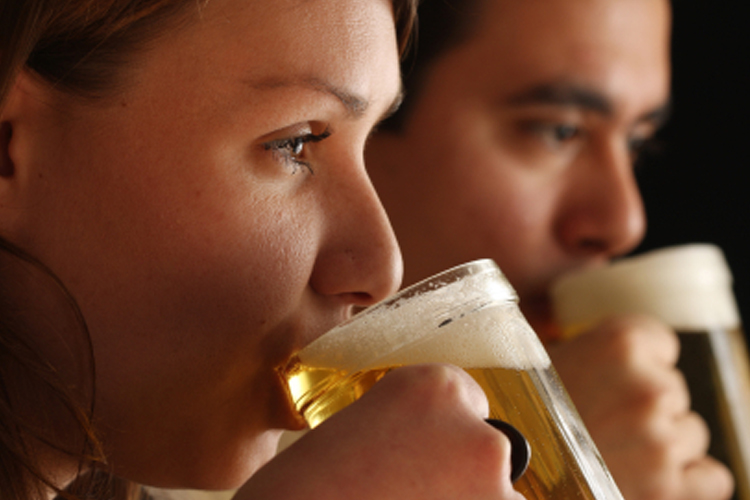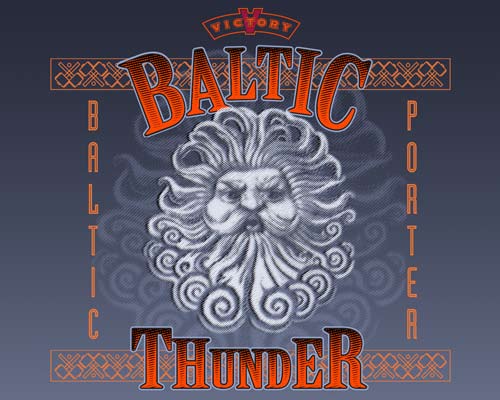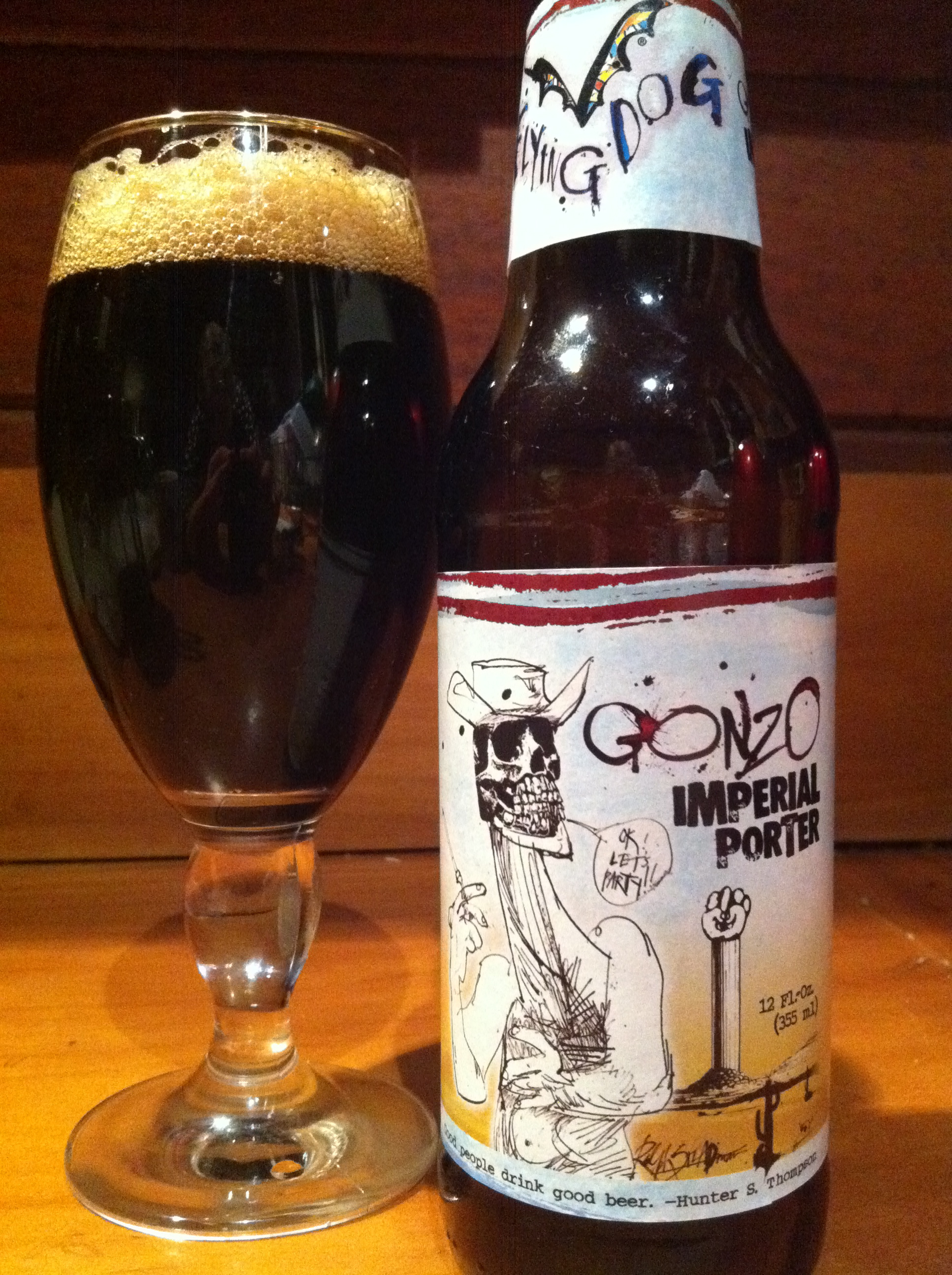I'm the Sous-Brewer coming to you live from the scene of Brewper Bowl IV. Another
hard-fought, nail-biting Brewper Bowl is in the books. Both sides showed well,
and in one sense, there really aren't any losers. But in a more real and less nonsensical sense, there can be only one winner, and that winner is…
Seattle.
And when
I say Seattle, I mean Everett and Olympia, WA. Let’s review the game.
Seattle
came right out of the gate with a solid amber ale from Fish Brewing Company called Fish
Tale Vicious Circle. Vicious Circle was all malt with very little hoppiness to
speak of. It was sweet, smooth, refreshing and sessionable – an excellent
example of the style. I scored it a 7 out of 10 and Seattle led 7-0.
 |
| Fish Tale Vicious Circle Amber Ale, Fish Brewing Company, Olympia, WA |
New
England countered with a solid offering of its own in Shipyard’s American Pale
Ale. This one was a touch more hoppy than the Vicious Circle, and it was
thinner and crisper as well. That being said, it was good, not great, and I
scored it a 7 out of 10 as well. The score was now tied 7-7.
 |
| American Pale Ale, Shipyard Brewing Company, Portland, ME |
Seattle
next brought out their Fish Tale Organic IPA from Fish Brewing Company. Of
course it’s organic… it’s from the Pacific Northwest. Actually, this beer was pretty
good. The hops were slightly forward although the IPA was more balanced than
overly hoppy. The Pacific Gem hops shined and the flavor was very pleasant. I
scored this IPA an 8 out of 10 and Seattle retook the lead 15-7 at half time.
 |
| Fish Tale Organic India Pale Ale, Fish Brewing Company, Olympia, WA |
In the
second half, New England kicked things off with their Casco Bay IPA from Casco
Bay Brewing (otherwise known as Shipyard Brewing). Casco Bay was an
English-style IPA, and was definitely more malty sweet than it was hoppy. The
hops were underwhelming and the malt sweetness was out of balance. Overall, the
beer was just fine. I scored it a 6 out of 10, which made the score 15-13,
Seattle.
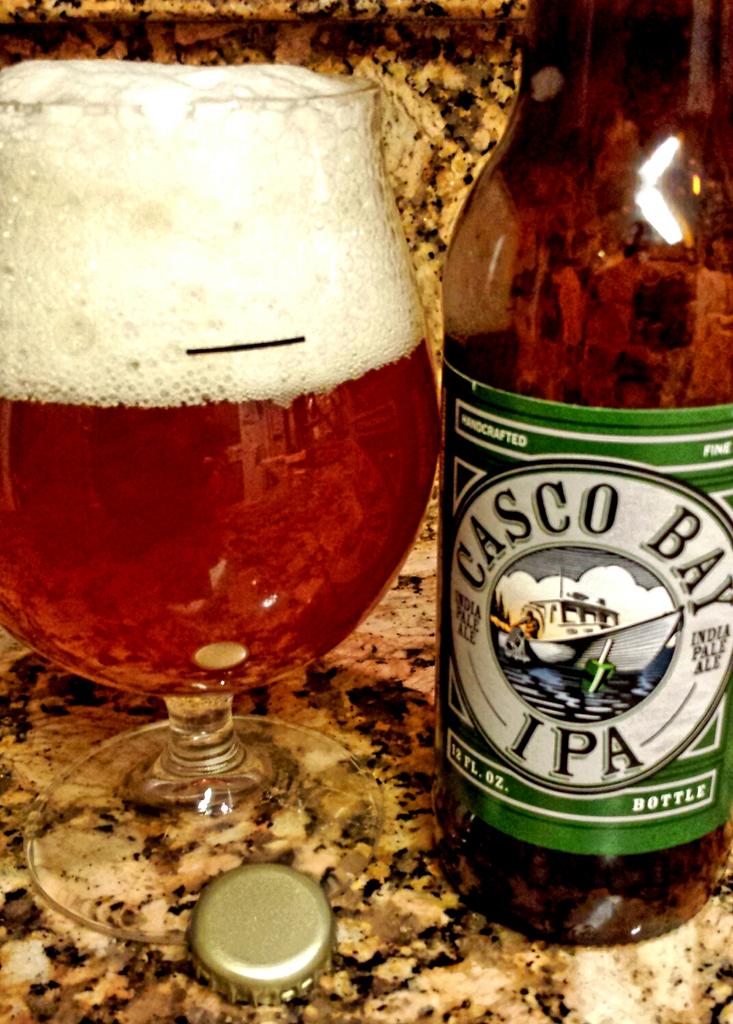 |
| Casco Bay IPA, Casco Bay Brewing, Portland, ME |
With the
ball and the lead, Seattle brought out their last combatant of the game –
Scuttlebutt’s Gale Force IPA. This IPA had a bold hop aroma of EKG, Cascade and
Columbus hops and a clean finish. It was properly balanced, sweet but not too
much, and a nice hop compliment. This beer scored an 8 out of 10, and made the
score 23-13, Seattle.
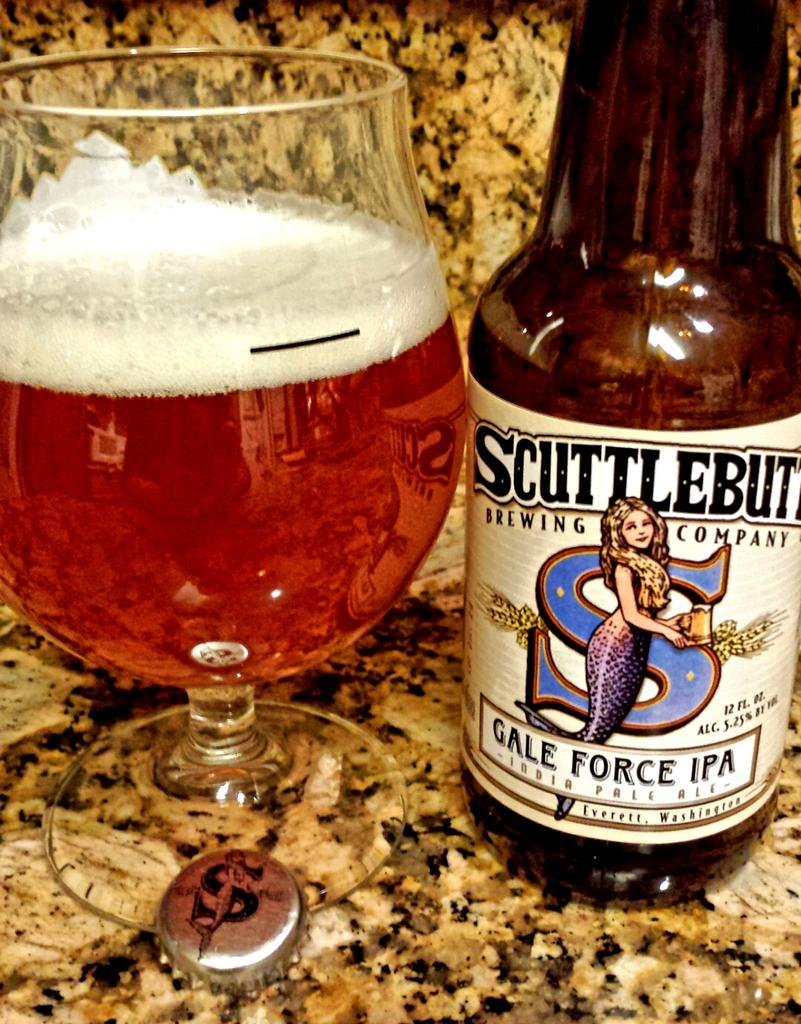 |
| Gale Force IPA, Scuttlebutt Brewing Company, Everett, WA |
With one
beer left, New England needed a perfect score just to tie. What they brought out was
a delicious black IPA from Clown Shoes Brewing called Hoppy Feet. This was an
excellent example of the black IPA/Cascadian Ale style. Rich, dark, robust and
sweet malt balanced beautifully by Amarillo and Columbus hops. There was even a
hint of chocolate. It was quite good, but only earned a 9 out of 10, making the
final score 23-22 with all zeros on the clock.
 |
| Hoppy Feet Black IPA, Clown Shoes Beer, Ipswich, MA |
So (the)
Seattle (area) avenges the ghosts of its past and wins Brewper Bowl IV.
They did it with a consistent attention to detail and adherence to style. They didn't have anything flashy, but they went out and did work, and were rewarded
for it. New England’s beer were good too, but ultimately too inconsistent to
take home Norm Petersen. The Most Valuable Beer (MVB) was clearly the Hoppy
Feet, which is odd considering it was on the losing team, but the best beer is
the best beer.
So that
wraps it up! Brewper Bowl IV is finished, and Seattle has added itself to the
pantheon of greatness, and to the Norm Petersen Trophy, along with past winners
New England, Baltimore and Denver. The only thing left to do is see whether the
Seattle Seahawks can duplicate what their beers did here today, or if the New
England patriots can avenge what happened to their beers. All I know is that I
will be drinking beers while I watch. Many beers.
Here’s
to craft-brewed happiness… Cheers!




